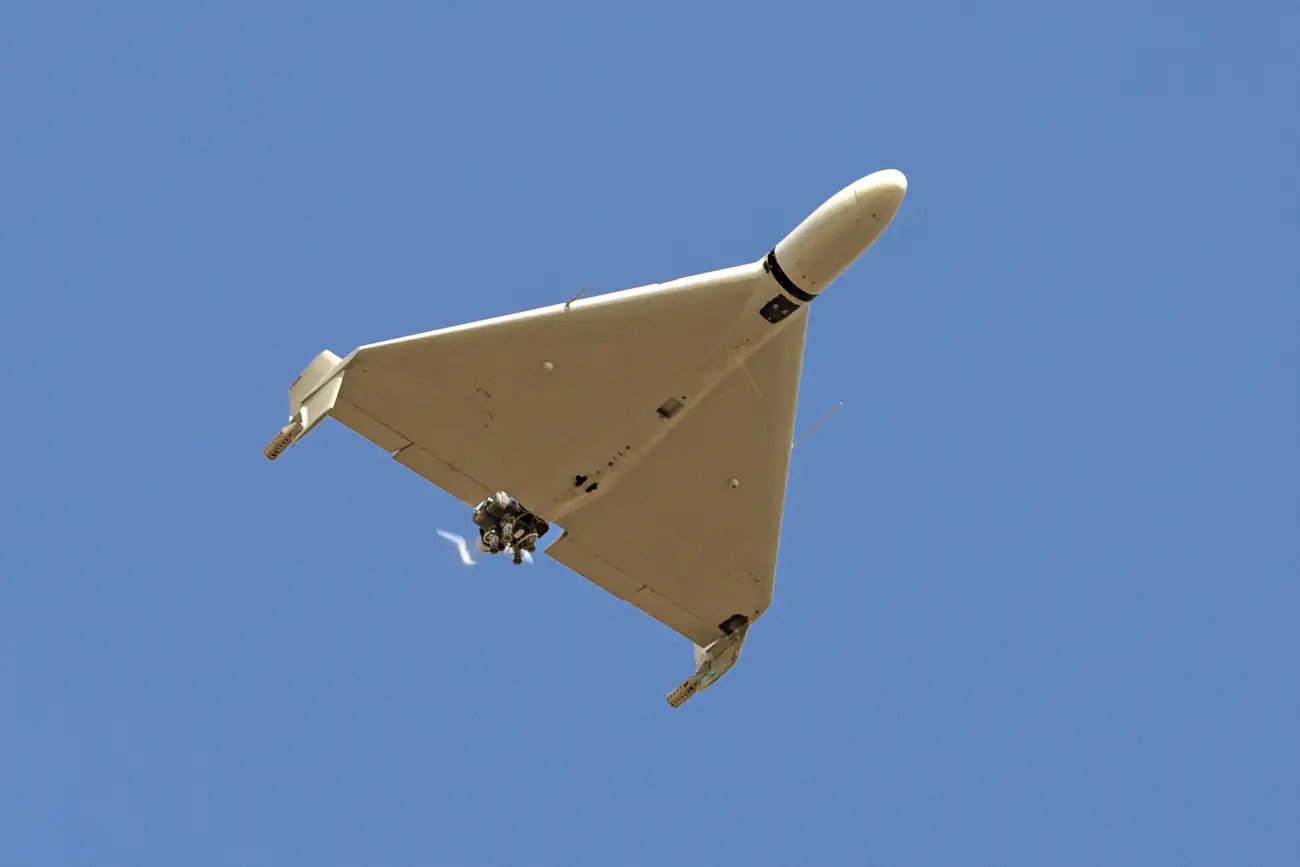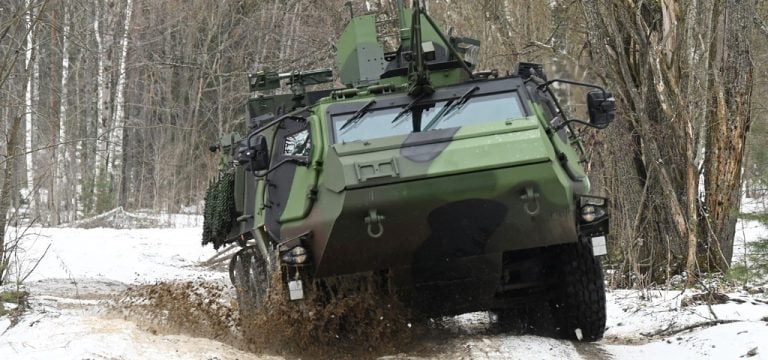China is actively promoting its Feilong-300D loitering munition to allied nations, positioning it as a budget-friendly alternative to offerings from other global arms suppliers. Introduced last year by Norinco, the system is notably economical, with unit costs reportedly as low as $10,000, allowing for target engagement at distances of up to 1,000 kilometers (621 miles).
In comparison, Iran’s Shahed series of drones is said to average around $50,000 per unit, while Ukraine’s long-range FP-1 drone is priced at approximately $55,000. The U.S. Switchblade-600, which includes control gear, exceeds $150,000 per unit.
Kamikaze drones like the Shahed have significantly altered modern warfare dynamics, designed to overwhelm air defense systems and target not only military vehicles but also infrastructure. The Feilong-300D’s capabilities include conducting reconnaissance and strike missions, particularly benefiting nations looking to maintain a deterrent posture against larger adversaries.
Countries such as Pakistan are particularly interested in these advancements to counter the military advantages of regional powers. In recent clashes with India, Pakistan utilized various Chinese systems, including the J-10C fighter jet and HQ-9 air defense system, while also deploying drones for diverse operations. Reports indicate that Pakistan launched over 600 drones to penetrate India’s defenses, although the Indian military managed to successfully counter these attempts.
Despite deploying an estimated 1,000 drones from sources including China and Turkey, the effectiveness of Pakistan’s drone strategy may have been hampered by limitations in both range and capabilities. Analysts suggest that the Feilong-300D could serve as an “affordable yet highly capable weapon option” for smaller nations, facilitating the establishment of their own unmanned combat forces through bulk purchases.
The Feilong-300D, powered by a piston engine running on standard gasoline, is designed with a delta-wing configuration, and recent simulated exercises have highlighted its impressive operational range of 1,000 kilometers. The drone reportedly demonstrates effective evasion of enemy air defenses and the capacity to strike targets like mock military bases. Its design incorporates features that reduce radar detection, including an autonomous flight-path planning system and electronic countermeasures.
Coordination with fighter jets and ground-based missile systems has also been demonstrated, along with modular warheads that enable customization of payloads for specific missions. Though additional details remain scarce, analysts from Taiwan have speculated that advancements in artificial intelligence could provide a significant advantage for this platform, potentially transforming military engagements in contested areas such as the Taiwan Strait and the South China Sea.


















